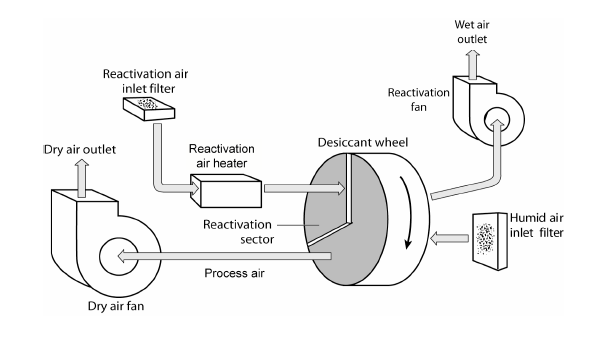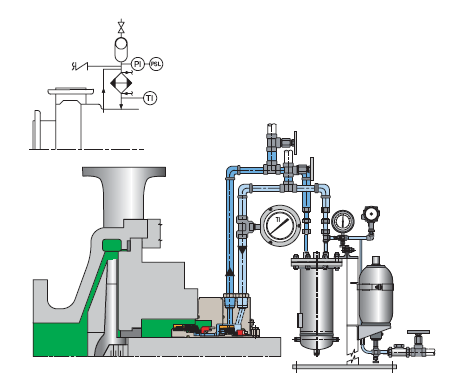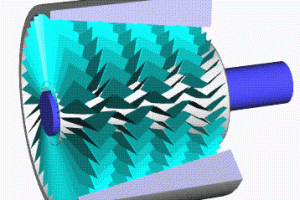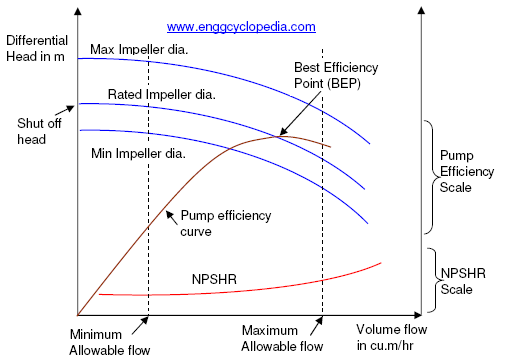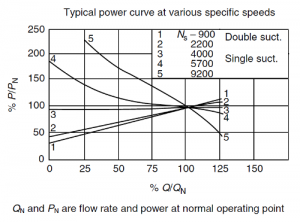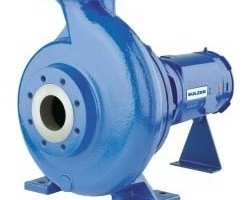Today, it is widely accepted that corrosion of steel surfaces increases with increasing humidity level. Desiccant dehumidifiers are used in industrial plants to reduce humidity level of air used for plant operations, to prevent corrosion of steel surfaces.
This is because at higher humidity levels, any entrapped water can absorb oxygen: as this water is stagnant (i.e. not moving), pitting corrosion can develop. Dehumidified air helps evaporate any remaining water. Furthermore, condensation of moisture can occur on surfaces if the humidity is not low enough: this surface moisture can dissolve oxygen, which also results in pitting corrosion on the metal surfaces.
A relative humidity level of 40% or even less is therefore typically recommended in order to mitigate corrosion.
Today, besides small-scale household applications, dehumidified air is widely used at various industrial applications for various anti-corrosion protection as well as preservation (mothballing) measures, e.g. for dry layup of fossil power plant equipment like gas turbines, steam turbines, condensers, steam circuits etc.
One of the most common types of dehumidifiers in use today are desiccant dehumidifiers.
How desiccant dehumidifiers work
A desiccant dehumidifier typically consists of a corrugated wheel (usually made of ceramic material), so that air can pass along the corrugations. A desiccant, typically silica gel, is impregnated into the wheel. As the air passes through the wheel, moisture is attracted from the air onto the desiccant.
The wheel rotates slowly between two air streams: process air stream and reactivation air stream.
Process is the ambient air dried by the desiccant before being introduced to the component or system to be protected. During this process and as a result of dehumidification, process air gets warmer.
Reactivation air is heated and runs through the wheel in the opposite direction of the process air. Its role is to transfer heat to to the wheel, heating the desiccant to remove and carry away its moisture so that the desiccant can be reused to collect more moisture from the process air and the cycle be repeated.
Typical components of a dessicant dehumidifier system
- Two fans for pulling both process and reactivation air streams through the wheel,
- A drive motor to turn the wheel,
- A heater to warm the reactivation air stream so it can dry the desiccant,
- An electrical control panel for controlling the overall process.
Humid incoming air and reactivation air must both be filtered to protect the desiccant from being contaminated with airborne solids. Filtration of dehumidified air is not normally applied. However, if deemed necessary, an outlet filter could also be supplied to provide further assurance that dangerous media will not be introduced to the steam turbine or other critical area components.
Effective use of humidity sensors and, wherever possible, recirculation of dry air exiting the protected cycle components helps to rapidly eliminate any collection of water. A number of 5-10 air changes per hour is usually selected.
The power system components are to be kept as air tight as possible. The dry air circulation systems are then sized to provide adequate refreshment of dehumidified air to the component to be protected.
